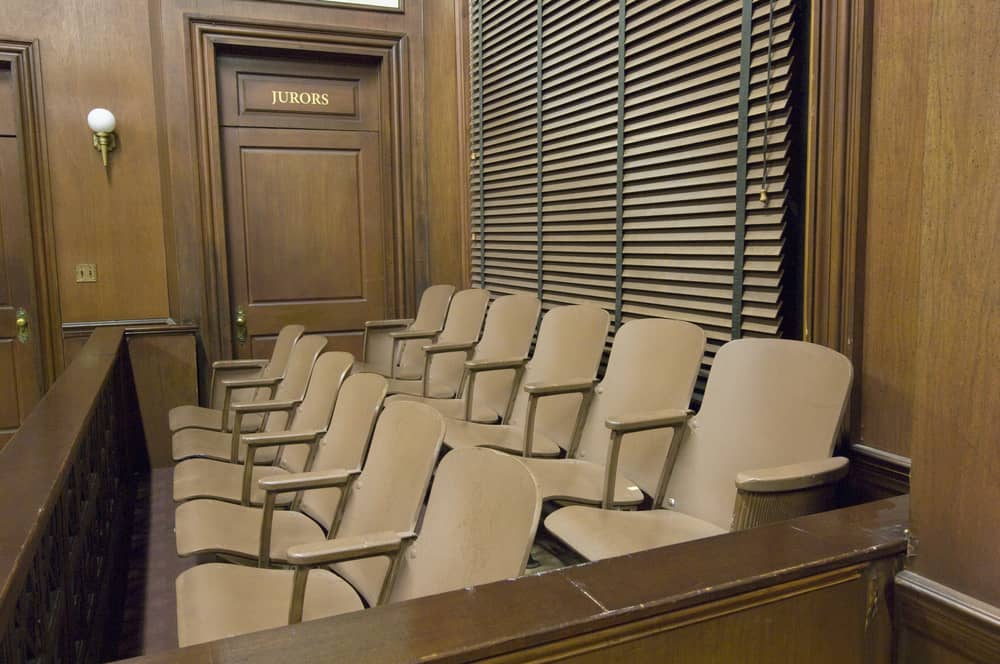
Passion Crimes: Prove It Wasn’t Your Fault
Murder is a serious charge that is only compounded when it is premeditated. In order to show that a murder was not premeditated, individuals sometimes use the “heat of passion” defense. This defense attempts to show that the defendant was inflamed in some manner, and the resulting anger caused him or her to be unable to control the ensuing actions.
Criteria for Establishing
The heat of passion defense requires a few elements to be present before it will normally be considered:
- The crime must have occurred almost immediately without any “cooling off” period involved
- The circumstances must be ones that would result in a normal person reacting in the same manner
- There must not have been a previous attempt or conspiracy to commit the same act when not provoked
When is this Defense Used?
This defense can often be used whenever an individual is charged with a second or first degree murder, as both of these crimes require the prosecution to prove intent. In using the heat of passion defense, attorneys are sometimes successful in getting charges reduced to either criminally negligent homicide or manslaughter, both of which will result in a lighter sentence. In agreeing to a lighter sentence, the defendant is admitting to causing the death of another, but is claiming he lacked the requisite intent that would be needed to show him guilty of murder.
Even if not used to plea bargain, the heat of passion defense can sometimes be used in the penalty phase of a trial. By invoking this defense after a guilty verdict, the defendant is aiming to show the judge that there were mitigating circumstances that should be considered when handing down a sentence. In doing so, the sentence will hopefully be somewhat lighter as a result.
The state of Texas recognizes that those who plan crimes should be treated more harshly than those who simply act in a moment of rage. As such, the heat of passion defense is one that helps to ensure the punishment fits the crime.
If you have committed a crime in the heat of passion, then schedule a free consultation meeting with Brett A. Podolsky at 713.227.0087